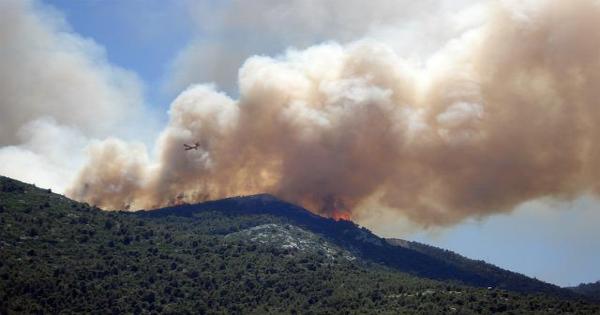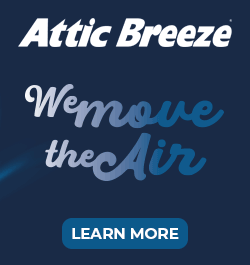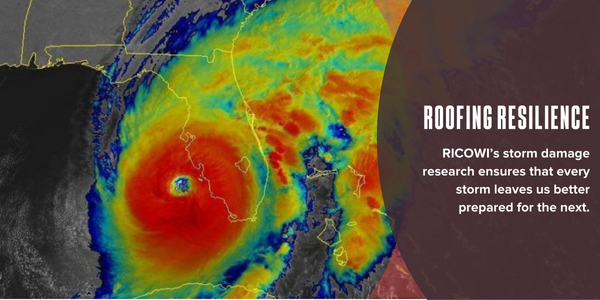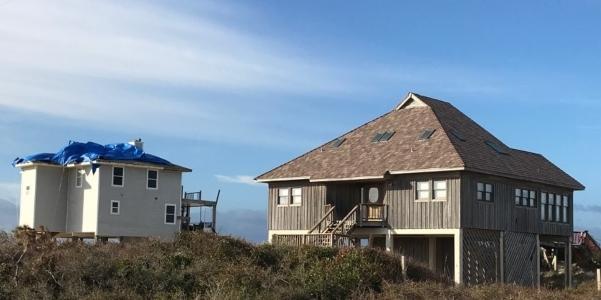Understanding Wildland Urban Interface (WUI)

By DaVinci Roofscapes.
Learn more about the WUI products and codes and how they apply to roofing.
Nationwide wildfires are popping up in dry forest lands. Once thought of as restricted to just California, wildfires are now searing land across America.
According to the National Interagency Fire Center, since January 1, 2022, there have been 37,417 wildfires that have burned 5.5 million acres across the United States. This is well above the 10-year average for the number of wildfires and more than double the amount of acres burned.
What is WUI?
No matter where you live, you need to know about Wildland Urban Interface (WUI) products and codes.
WUI is the transition between undeveloped wildland (unoccupied land) and human development. This includes houses, retail, schools and other development. An interface fire can “jump” from a man-made structure to natural materials. This can include trees and shrubs. The opposite can also occur. A wildfire can “jump” from a forest to man-made buildings.
The basic requirement of WUI is that the exterior of a structure be ignition-resistant. In addition, it must be able to resist the entry of flying embers and fire radiation during a wildfire. This is especially important for roofs.
What does this mean to you as a roofing installer? You need to check local WUI code requirements and rules. You want to know which approved Wildland Urban Interface products are best for a home exterior in your area so you can make the right recommendations to your clients.
Products versus systems
You may already know there are code requirements for fire-resistant roofing in some areas of the country. Class A is the highest rating. Class C is the lowest. Understanding the ratings is important for everyone.
For example, DaVinci Roofscapes composite roofing is all Class A rated for fire resistance. This means it has the highest ratings. Above all, it has passed three important tests. These are the Intermittent Flame Spread Test, Spread of Flame Test and Burning Brand Test.
Here’s what you may not know. Meeting WUI standards is about more than just having a Class A rated roofing product. It’s system specific. And, it’s also two-pronged.
First, there are the fire-resistant roofing and underlayment materials. These create the total roof system. Second, WUI rules and regulations take into consideration the site where a structure is built. This includes the distance of the building from forests, trees or even shrubs. In other words, it’s about creating a safe zone around a structure.
Farewell to real wood products
In recent years we are seeing restrictions on types of building materials used in many West Coast states. These regulations help builders and roofers create homes that can stand up to flame spread. However, the materials can only help so much.
In the big picture, building materials are fragile. Many are also potentially flammable. Especially wood products.
That’s a key reason why real wood products get the thumbs down for so many projects. This includes roofing, decking and siding.
Even when treated, real wood can burn. That’s one reason why many insurance companies do not want to offer homeowners insurance to people with real shake roofs. In addition, it doesn’t take a wildfire to be right next to a cedar shake roof to make it burn. Flying embers from up to a mile away can land on a cedar roof. When that happens, it can start a fire.
What do I need to know?
If you are installing roofs, check your local building codes, and remember they can change regularly. Additionally, if you’re in an area with WUI code requirements, check on those.
You should also be able to explain to your customers about costs related to fire resistant products. A Class A roof may cost more than other roofs. However, in the long run it’s an investment to keep a home safer. And, you can share with customers that some composite roofs, like those offered from DaVinci, feature a Lifetime Limited Warranty. This gives them a solid, long-term return on investment. For many homeowners, this also allows for a discount on homeowner insurance.
What else can I do?
Get educated!
If you’re a roofer or contractor, watch, listen or read the “When Design Meets Safety” podcast on RoofersCoffeeShop. And, read up on WUI codes and standards for the county of your specific project.
After that, you can benefit from wildfire preparedness details from the Insurance Institute for Building & Home Safety. The online course of “Wildfire Threat to Homes” from NFPA is also very helpful. In addition, DaVinci offers an online blog on “What You Need to Know About Wildland Urban Interface Code.”






















Comments
Leave a Reply
Have an account? Login to leave a comment!
Sign In